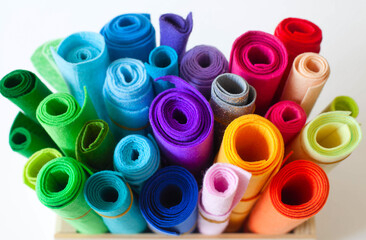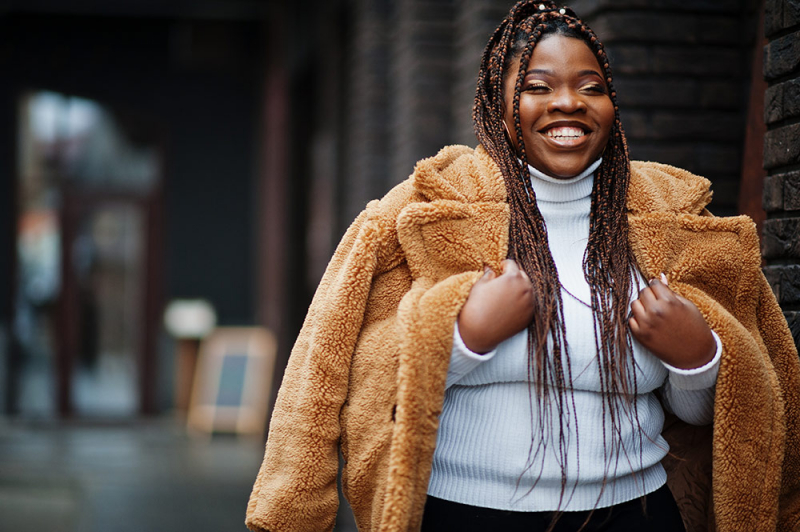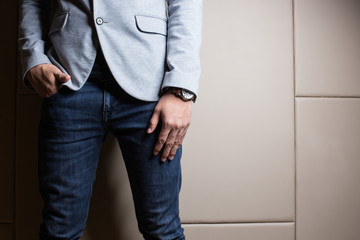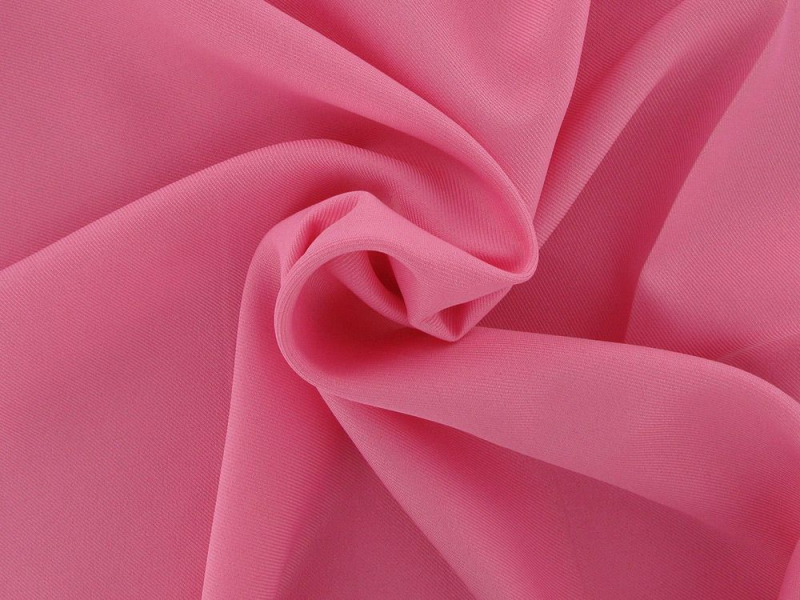What is Gingham Fabric? History, Uses & Care
Most people probably remember gingham from primary school dresses worn in summer. Plus, the blue gingham dress was also an iconic image from the Wizard of Oz as Dorothy wore hers with her red ruby shoes.
But what is gingham, and where did it come from?
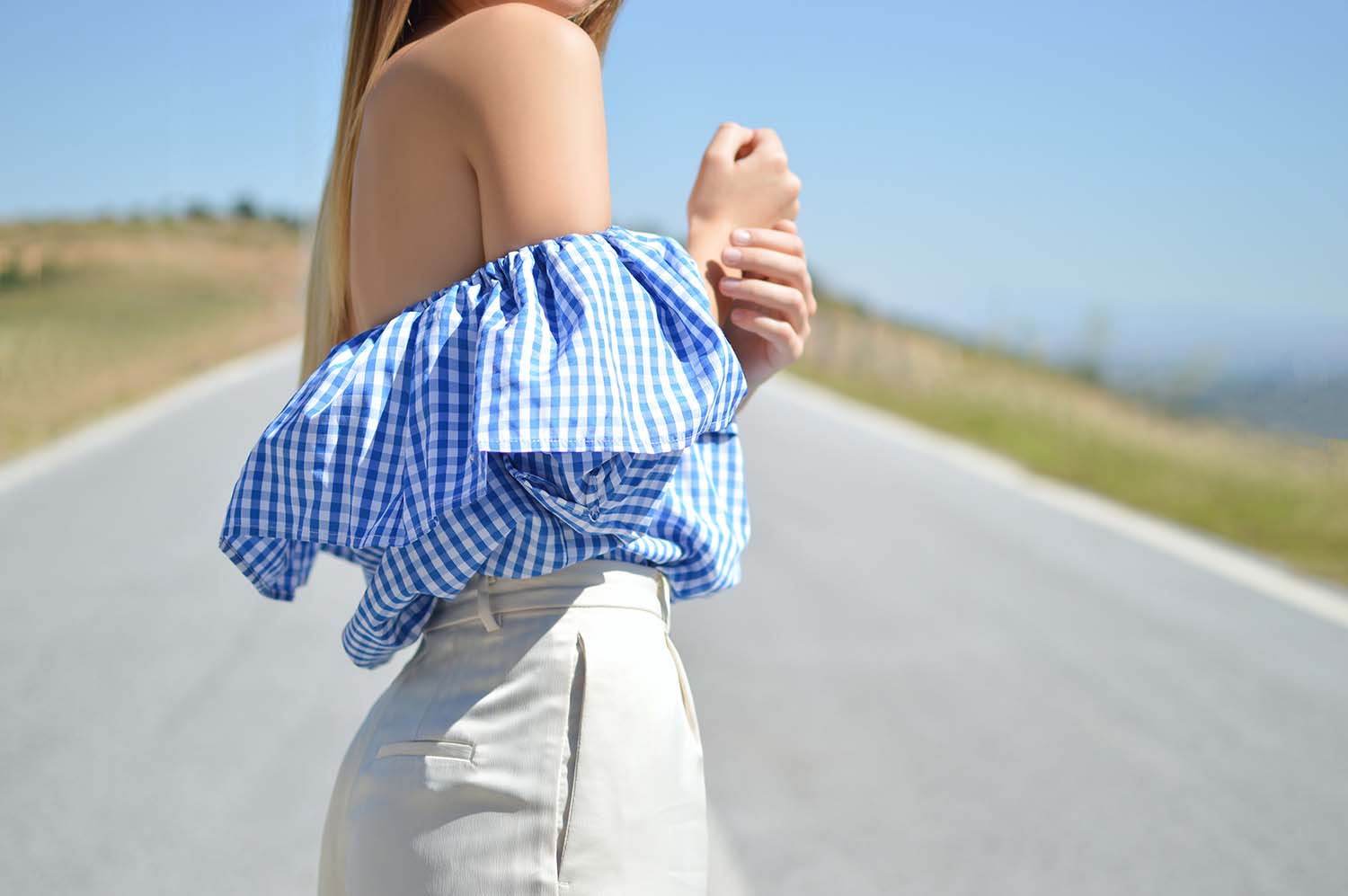
What is gingham?
Gingham fabric is a form of medium to lightweight cotton blends woven to include check, plaid or other striped patterns. The plain strip gingham was the original design of this popular fabric. Still, over time, it changed to have checks and plaid patterning. It is distinctive because the background is traditionally white, and the patterns are coloured, with the most classic gingham being red and white or blue and white. However, it is now widely available in all colours of the rainbow, and the size of the checks also varies from small to large checkered designs. Plaid gingham can often have a different colour background, and the pattern features varying sizes of squares. But checked gingham should always be one colour on white and have equal size vertical and horizontal lines forming the squares.
History of gingham
No one is quite sure where the word gingham actually came from. Some claim it was first used in Holland and derives from a Dutch word. At the same time, other sources say that it came from the first manufacturer of gingham, Guingamp. It has also been said that it derives from the Malay word genggang, but the meaning of this word is separate or ajar and doesn’t offer the best fit.
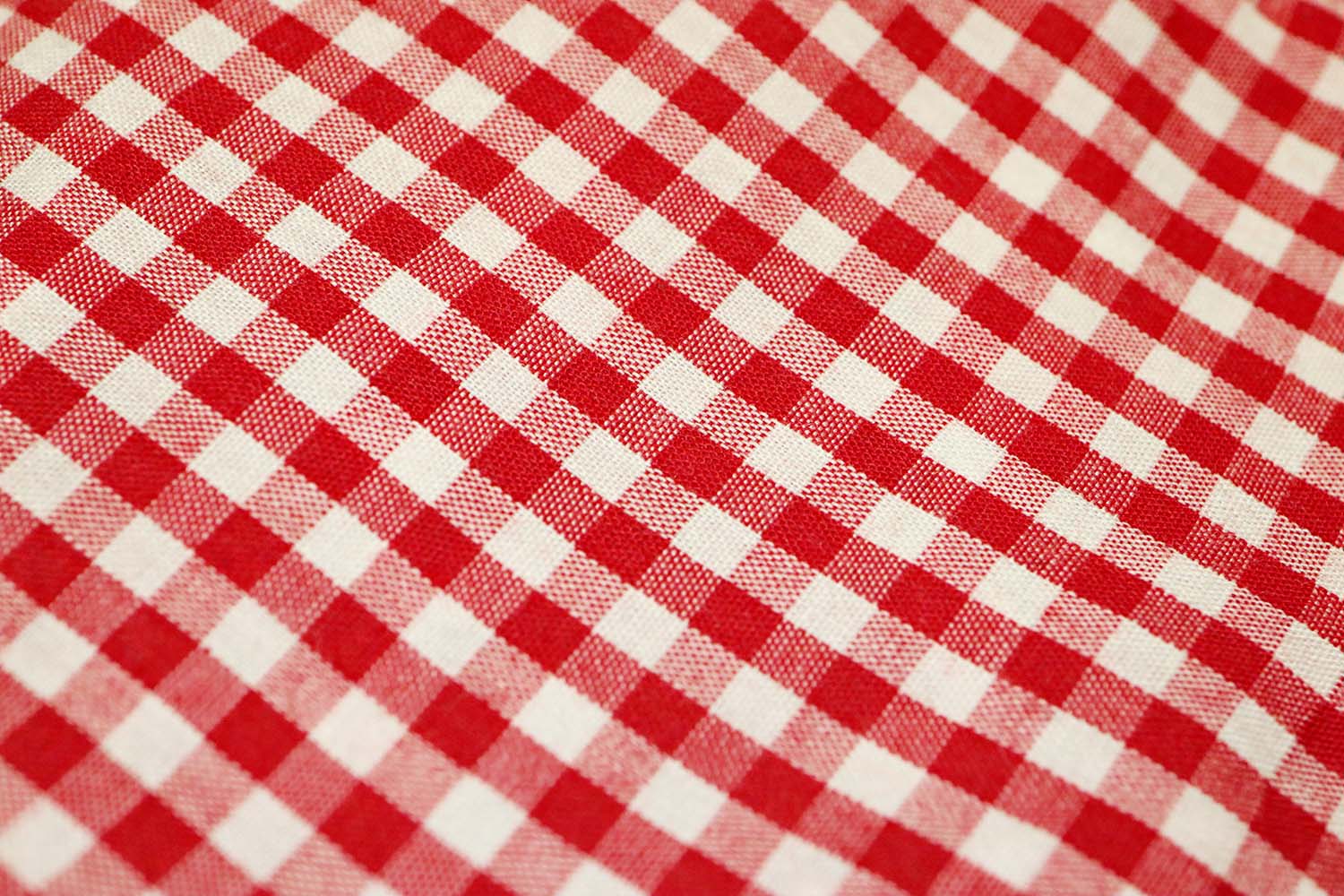
It first rose to popularity at the end of the war in the 1940s during the make-do and mend era. Gingham is cheap and durable so fitted perfectly when fabric was needed to repair or update an outfit. In addition, poets and songwriters used it, with the most famous example being Eugene Field, who wrote about the calico cat and the gingham dog.
In the UK, the first production base for gingham was Manchester; it was checked or plaid and almost always blue. It was more popular than the original striped pattern, which was hardly ever made once we reached the late Victorian era. The French fell in love with the look, but they renamed the fabric Vichy as this was the first town to produce it, and people assumed they had invented it. However, it was actually an import, but the name stuck and is still used in France and Spain today.
What is gingham used for?
Gingham has a wide range of uses; as already mentioned, it is a popular summer uniform option for schools as it is lightweight and easy to wear. That said, there is also plenty of adult clothes that feature gingham. In addition, it is often seen on the runways of the biggest fashion shows, with dresses, jackets and capes all featuring various patterns and colours.
It is also a popular fabric in home decor, with the classic gingham checked tablecloth a staple of a traditional farmhouse look and feel. You will also find it used in curtains and furniture upholstery, although, like all fabrics, it waxes and wains in popularity depending on the interior design trends of the day.
In Cambodia, gingham is used to make their national attire, although it is called Krama here. It is also popular in soft furnishings and decorative items. In addition, in Indonesia, the colour contrast of the white and pattern, traditionally red or blue, is seen as a symbol denoting the battle between good and bad.
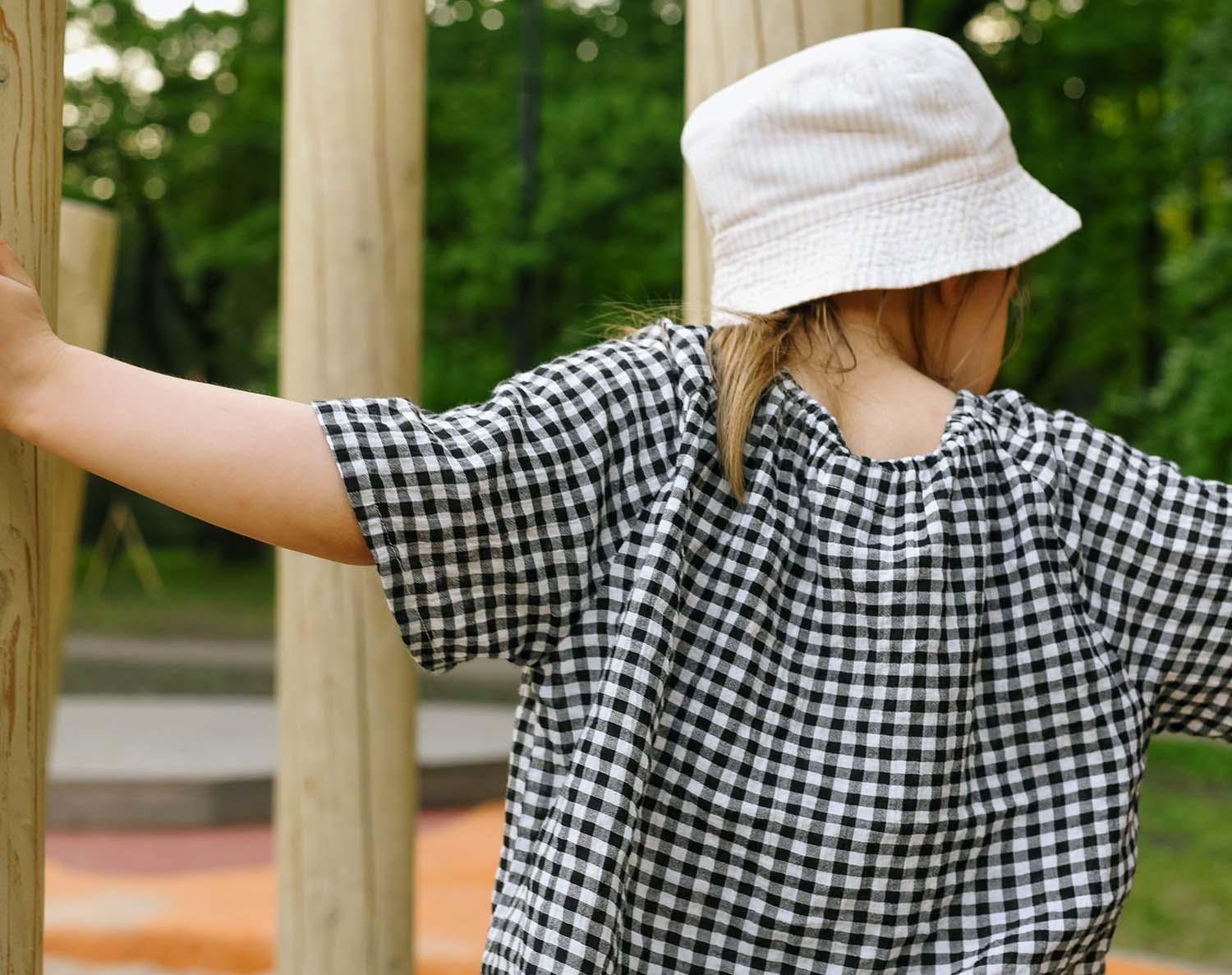
Why is gingham so popular?
Gingham has maintained its popularity due to its variety of uses across the world. It is an easy-to-care-for, durable fabric and is also easy to work with. Although not strictly gingham, the pattern has also been replicated on other materials like towelling, tea towels, and other items.
How to care for gingham fabric
Gingham fabric is made from blended or pure cotton, so it is relatively easy to care for. You can pop it in the washing machine on a warm or cool cycle, and if you choose a gentle cycle, there will be fewer wrinkles when it comes to drying it. Ensure that any detergent is bleach-free, as this would damage the pattern. You will likely need to iron gingham to get the lovely crisp look, and this can be done with a high or medium-heated iron.
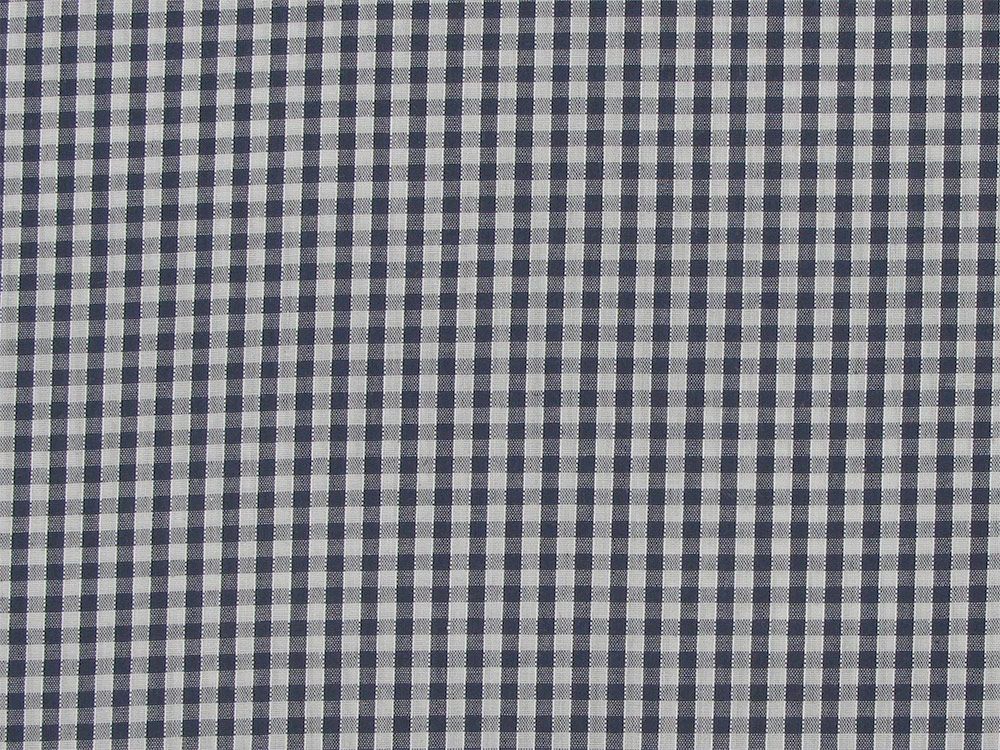
Quality gingham fabric
Gingham is a great fabric for sewing projects. So, whether you’re looking to design a new dress or make country-chic homeware - our colourful gingham material is perfect for all projects.

